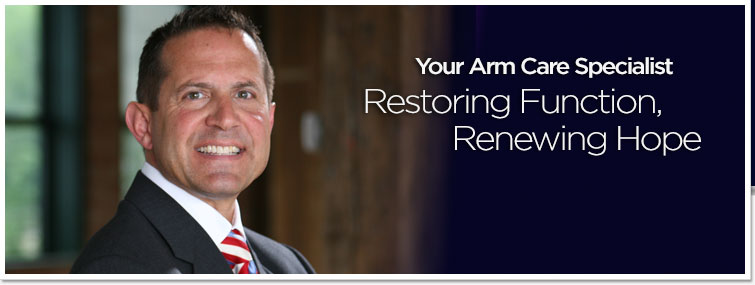Our Practice has MOVED
Our new location is:
Suite 405
1815 South Clinton Ave
Rochester, NY, 14618.
The NEW phone number is 585-565-3500

585.565.3500
Fax Number:
585.434.4081

Understanding Expectations and Perceptions
The most useful information these surveys provide is not what confirms how often we "hit the mark"----but where we do not, and for what reasons. Usually there is a slight gap between our perception of the visit, and the patient's. Put differently---we may not meet the patient's "expctations."
What's the solution? Usually, it's as simple as understnding just that----and continuing the dialogue. Through identifying a mutual goal, thus establishing a trusting partnership, and in prioritizng mutual respect--acknowleging our shared commitment to both the patient-doctor-relationship, and the treatment objectives, we can "hit the mark."
Effective communication is integral to this, which necessitates effective listening on my part, as well as authentic participation in the dialogue by the patient. To that end, at the end of a visit, I try to ask 2-3x whether there are any remaining questions.
It's been eye-opening how staisfying this is for me, as well as my patients. While I may have assumed in the past that I'd be queued if there were questions or concerns left unanswered, this is not always the case.
The whole notion of how to maximize the value of our interaction during an office visit is captured in a book called "Crucial Conversations"---and it revolves around using dialogue to fill the "pool of meaning." When we do this, we more effectively treat the whole patient--not merely their sore shoulder, hand or elbow. And, most importantly, perception and reality become one and the same.
Replies
Dr.Tomaino I only hope that more people take advantage of your website and blogs. There is no other physician who has the gift of communication that you so uniquely possess. That is , in my opinion, so integral a part of recovery and healing. Each time I have an office visit at Tomaino Orthopedic Care i feel better informed on the nature of my shoulder condition and learn better ways to heal and deal with shoulder problems . You taker to time to explain, communicate, listen, and advise in a special way that is what makes Tomaino oprthopedic care like no other. Again, I hope others take advantage of the wealth of information also available on your website. I know it has tremendously helped me also. You need not even think of questions or concerns left unanswered. Your expertise and patient repoirtoire just doesnt allow that to happen!!! Just hope others will read this. I speak from experience and certainly know how truly helpful and informative every visit to your office has been for me.



